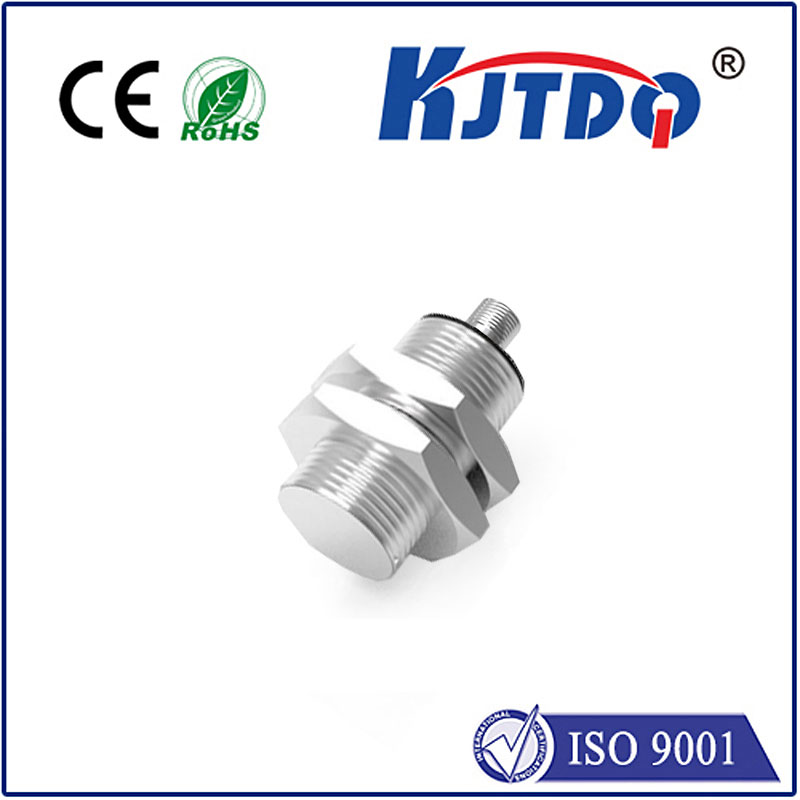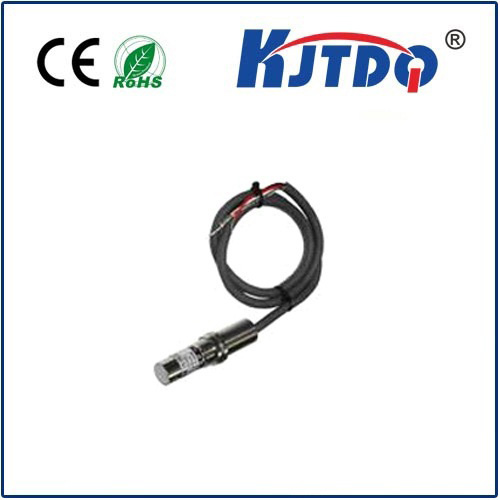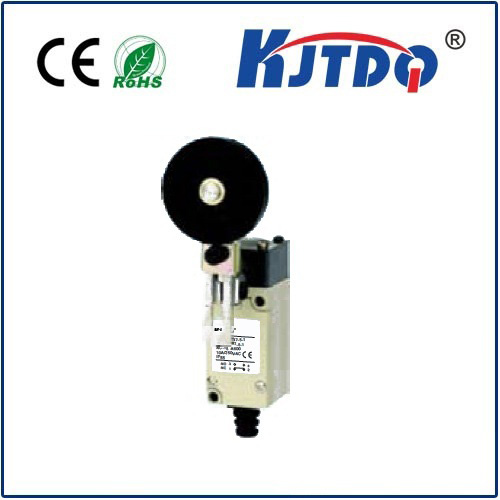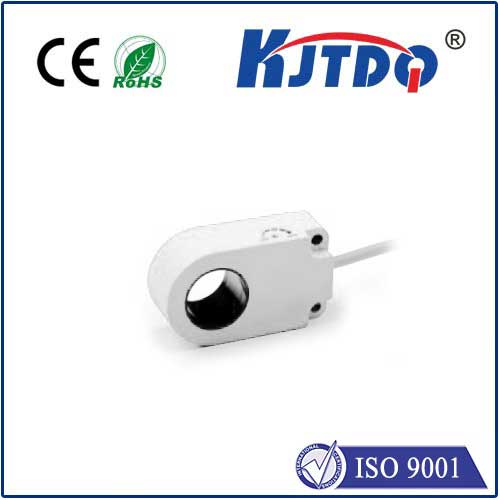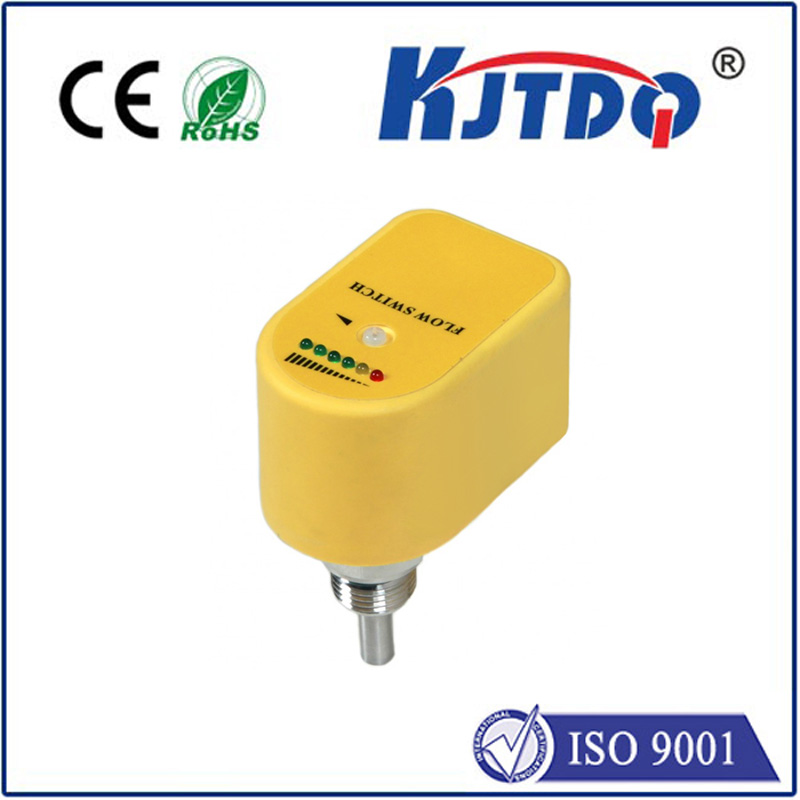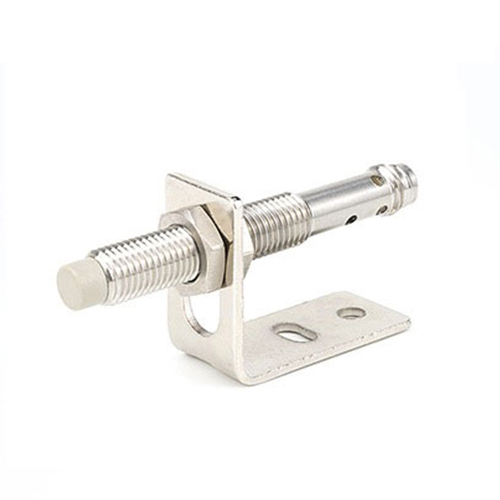laser sensor for water level measurement
- time:2025-08-28 04:40:29
- Click:0
Laser Sensors for Water Level Measurement: Precision Meets Performance
Imagine knowing your water level – in a raging river, a dark wastewater tank, or a critical process vessel – down to the millimeter, instantly, without ever touching the surface. For industries from municipal water management to chemical processing and environmental monitoring, accurate and reliable water level data is non-negotiable. While traditional methods like floats or pressure transducers have their place, laser sensor technology has emerged as a transformative solution, offering unparalleled precision, resilience, and versatility for demanding applications.
Why Choose Laser Level Measurement?
For decades, water level monitoring relied heavily on contact methods. Floats get stuck. Pressure sensors need submersion and are affected by fluid density and temperature, demanding constant recalibration. Ultrasonic sensors, while non-contact, struggle with foam, vapor, temperature gradients, and turbulent surfaces, leading to signal attenuation or false readings. Laser sensors overcome these fundamental limitations.
Their core advantage lies in being inherently non-contact. The sensor head, mounted safely above the water surface (often in a stilling well or protective housing), emits a focused, narrow laser beam. This beam reflects off the water surface and returns to a detector within the sensor. By precisely measuring the time-of-flight of the laser pulse (Time-of-Flight or ToF principle) or utilizing phase-shift measurement techniques, the sensor calculates the distance to the water surface with extraordinary accuracy. Subtracting this distance from the known, fixed height of the sensor mounting point gives the exact water level.

Unpacking the Technology: How Laser Water Level Sensors Work
At the heart of a laser level sensor is sophisticated LIDAR (Light Detection and Ranging) technology, miniaturized and optimized for industrial applications. Here’s a deeper dive:
- Emission: A high-intensity, focused laser diode emits a brief, coherent pulse of light (often infrared for eye safety and performance stability) towards the target water surface.
- Reflection: The laser pulse strikes the water’s surface. While water can absorb some light, a significant portion reflects back towards the sensor. Modern optics ensure a tight beam even over longer distances.
- Detection: An extremely sensitive photodiode or photodetector within the sensor receives the returning light pulse.
- Time/Phase Measurement: Critical circuitry measures the incredibly short time interval between pulse emission and reception. Time-of-Flight calculation (
Distance = (Speed of Light * Time)/2) is the most common method. Phase-shift methods, measuring the phase difference between emitted and reflected continuous-wave light, offer high precision at shorter ranges.
- Signal Processing: Advanced onboard electronics filter out background noise, compensate for ambient conditions, and perform complex calculations to determine the precise distance. Robust algorithms handle challenging surface conditions like light foam or turbulence.
- Output: The calculated distance is converted into the water level reading, typically output as a standardized analog signal (4-20 mA, 0-10V) or digital signal (Modbus, HART, Profibus) for integration into SCADA, PLCs, or data loggers. Real-time monitoring and control become seamless.
Where Laser Sensors Shine: Key Applications
The unique capabilities of laser water level measurement systems make them ideal for numerous demanding environments:
- Industrial Process Tanks & Vessels: Precise control of chemical levels, effluents, coolants, and process water in manufacturing, power generation, and chemical plants. Non-contact measurement prevents contamination or sensor damage from aggressive fluids.
- Wastewater & Sewage Treatment: Reliable monitoring in clarifiers, digesters, lift stations, and influent/effluent channels, resistant to bubbles, foam, grease layers, and corrosive gases common in these environments. Crucial for process optimization and regulatory compliance.
- Surface Water Monitoring: Accurate gauging of rivers, canals, lakes, reservoirs, and coastal waters for flood warning systems, hydrological studies, irrigation management, and environmental protection. Performs well despite surface ripples or vegetation debris.
- Groundwater Monitoring: Used in dedicated monitoring wells where space is limited or long-term stability is paramount.
- Reservoirs & Dams: Critical for managing water resources, spillway control, and structural safety monitoring.
- Rainwater Harvesting Systems: Efficient control of tank levels for optimal water usage.
- Laboratory Research & Testing: Where millimeter-level accuracy is required under controlled conditions.
Compelling Advantages: Beyond “Non-Contact”
The benefits extend far beyond simply not touching the water:
- Exceptional Accuracy & Resolution: Delivers sub-millimeter to millimeter accuracy even at significant ranges (tens of meters), far exceeding ultrasonic methods. Resolution is typically in the tenths or hundredths of a millimeter.
- Minimal Maintenance: With no moving parts and no contact with the media, laser sensors require significantly less maintenance compared to floats, pressure sensors, or bubbler systems. Installation is straightforward, often just requiring secure mounting.
- Immunity to Environmental Factors: Performance is largely unaffected by humidity, temperature variations (within specified operating ranges), air currents, dust (unless heavy coatings obscure the lens), and background acoustic noise – common pitfalls for ultrasonic sensors.
- Small Beam Spot: The highly focused laser beam allows for precise measurement even in narrow pipes, channels with obstacles, or through protective grilles/stilling wells without interference. Excellent for point level detection in small tanks.
- Fast Response Time: Provides near-instantaneous readings, ideal for dynamic systems, high-speed control loops, or applications where rapid level changes occur (e.g., pump control, surge tanks).
- Reduced Calibration Needs: Once installed, calibration typically only involves a simple zero-point or span adjustment during commissioning. Unlike pressure sensors, they are unaffected by changes in water density or composition. True set-and-forget operation.
- Safety & Hygiene: Suitable for hazardous environments (potentially ATEX/IECEx rated versions) and hygienic applications (potentially EHEDG/FDA compliant designs) since no part contacts the fluid.
Advanced Features & Considerations
Modern laser level sensors incorporate features enhancing reliability and ease of use:
- Advanced Signal Processing: Algorithms intelligently filter out echoes from fixtures (like stilling well walls - beam tracking) and detect valid surface returns even through light foam or surface agitation.
- High-Quality Optics: Durable lenses with hydrophobic or anti-adhesive coatings resist buildup of condensation, light dust, or spray, ensuring consistent performance. Some models include air purge connections for highly contaminated air spaces.
- Robust Construction: Typically feature rugged stainless steel housings and IP67/IP68 protection ratings for harsh industrial and outdoor environments.
- Intuitive Configuration: Simple setup via buttons, Bluetooth, or software interfaces for setting parameters like measuring range, output signal, and filtering.
- Integrated Display: Many models offer a local LCD display for instant level verification and diagnostics.
While the initial investment for a laser sensor may be higher than some traditional methods, the total cost of ownership is often lower due to drastically reduced calibration, maintenance, and downtime costs, coupled with superior process control enabled by unwavering accuracy. For applications demanding the highest levels of precision, reliability in difficult conditions, or minimal operational intervention, laser sensors represent the forefront of water level measurement technology, delivering trustworthy data that






